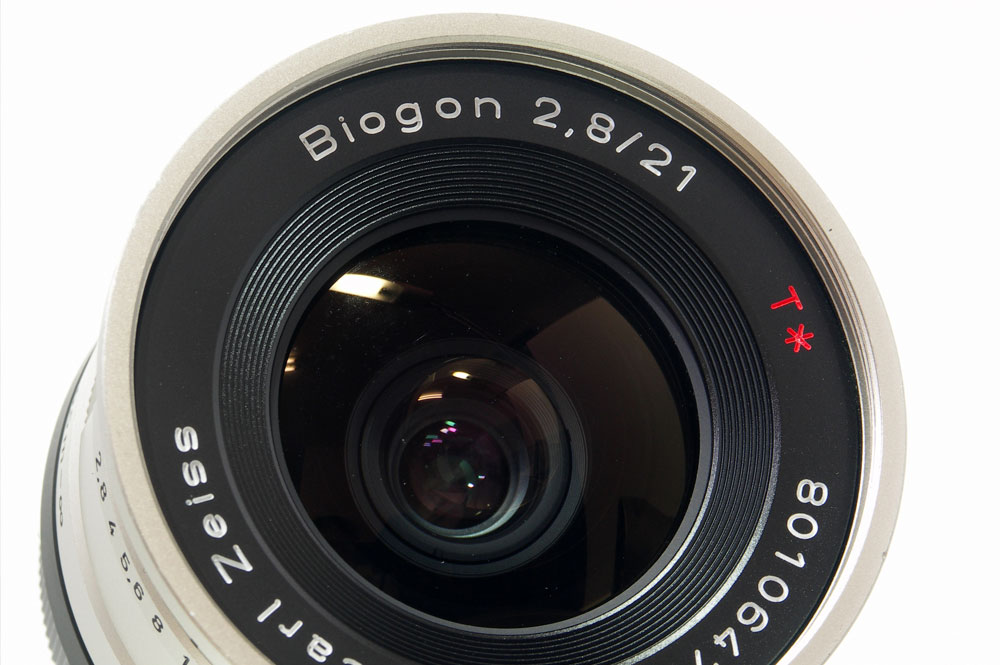Lenses for Film Photography Include Wide-Angle, Macro, and Zoom

A film camera lens has two main parameters, including the maximum aperture and a focal length. The aperture will open and close to allow more or less light through the lens to expose the film and will control a basic photography technique called depth of field. A focal length, typically measured in millimeters (28mm, 50mm, etc), will determine the size of the image relative to the distance and size of the subject. Another popular feature of lenses is the focusing distance for close-up photography. Some film camera lenses may also have the shutter built in to the lens to control shutter speed. However, most modern equipment has the shutter built in the camera body, as in the case of 35mm SLR film cameras.
Normal Film Photography Lens
A normal lens for 35mm photography is measured at 50mm. This size lens will give you approximately the same viewing distance as the human eye. In other words, what you see in front of you will be captured equally by the film camera with a 50mm lens. For medium format cameras using standard 120 film and 6x6cm sized film, a lens of 80mm will give you a natural look. And for large format cameras using 4x5inch sheet film a 150mm lens will equal a natural look. Note that the size of the film and camera will change the size of the lens needed.
Macro Lens for 35mm SLR Camera
A macro lens for 35mm film photography will allow you to shoot close-up photography. The macro lens for a film camera can range anywhere from 60mm to 200mm and beyond depending on how close-up you want your subject to be. See the points below for what size lens will work best for certain subjects. With macro photography, most lenses will give you realistic sizes of the subject, or at least half the size.
- 50–60mm range can be used for product photography and small objects
- 90–105mm range works well for flowers, insects, and small objects.
- 150–200mm range will get you closer for even smaller insects and animals.
Wide-Angle Lens for 35mm Film Cameras
For 35mm cameras, a wide angle lens will be any lens with a focal length of 35mm or less – commonly seen in sizes 35, 28, 24, 21, 18, and 14mm. Many of these wide-angle lenses will produce more or less image than the standard lens. There may be a very wide-angle shot of landscape or a narrower shot of an alleyway. Fisheye lenses are considered wide-angle lenses because they narrow the image and do not create the typical rectangular shape. Lenses smaller than 14mm will cause this effect.
Zoom Lens for Photography Film
A zoom lens has varying degrees of focal length and can encompass wide-angle, macro, and normal lens. For instance, you may have a lens that ranges from 28-70mm or maybe even 70-120mm. These lenses will have an additional barrel-like feature that is rotated or moved back and forth to zoom in and out. Professional photographers will fault zoom lenses for things like barrel distortion and color rendition, but amateurs love the portability and ease of use in having only one lens to carry. The minor flaws of a zoom lens will likely go unnoticed to beginners learning photography and will be more affordable for those looking to have options in the focal length of a lens.

















